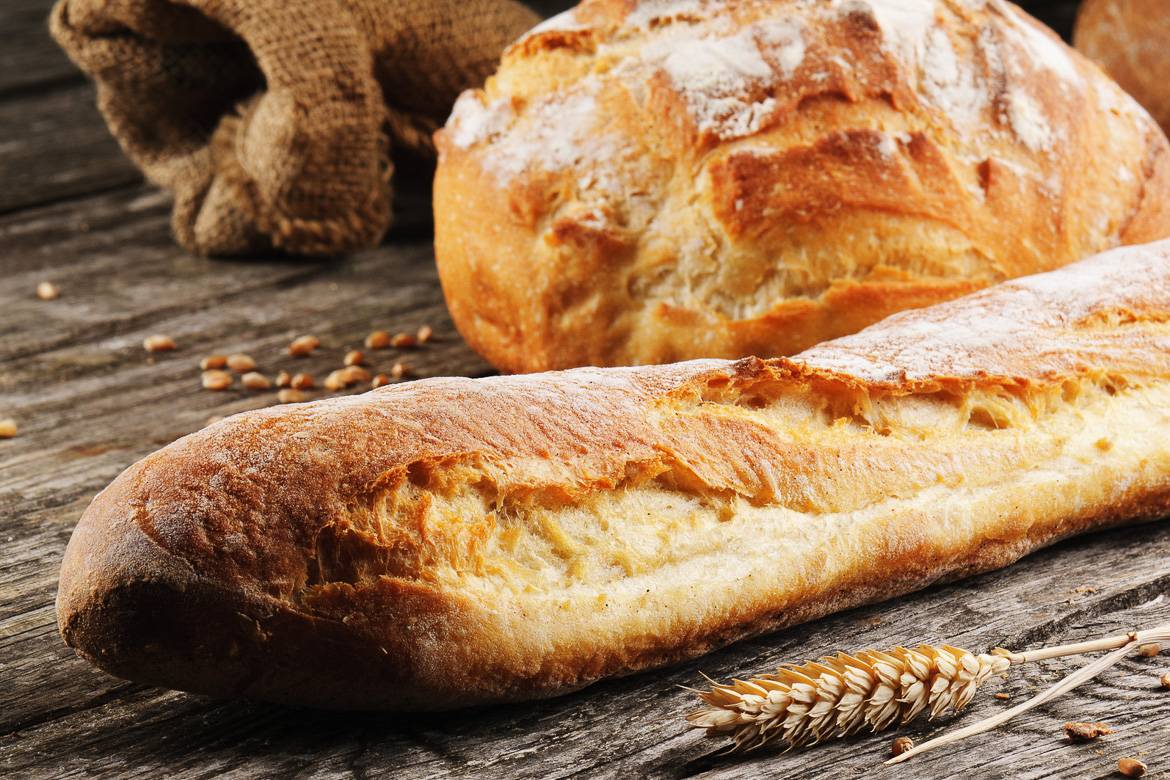Dear O That Sherry Readers:
I am in the process of moving my content to a new platform: Hsieh With You. The blog is curated by me and my sister and each week we take turns to “hsieh”-ing (“hsieh” is pronounced “shay”) things we love.
Below is a recent post I wrote on gardening. If you enjoy the post, please visit my new website and follow me there instead.
I grow things with the intention to eat them.
While I mask this under the facade that I love gardening (and have had several delightful conversations with fellow gardening aficionados), truth be told, I, simply, love eating organic, seasonal produce. There is nothing I relish more than plucking that ripe cherry tomato fresh off the vine the first thing in the morning, beating all the “cute” beasties animals thieves to it. While I have yet to find damning evidence that there are indeed cherry-tomato craving creatures competing with me, I have definitive proof that the SNAILS are beating me to the kale. Such an irony eh? Being beaten by the snail of all creatures?
All jokes aside, I do love growing things and appear to have a green thumb for growing fruit trees from scratch. Whenever I come across a particularly delicious organic fruit, I would carefully remove the seed, plant it, and see what comes of it. Thanks to that effort, I now have a growing family: an apple tree (1.5 years old), a pear tree (1 year old), and an avocado plant (4 months old). While I have come to terms that my plants have a long dormancy stage, or resting period, before they will bear fruit—averaging 6 to 10+ years when grown from seed—my inner result-driven gardener has recently suffered another heavy blow when I learned my fruit trees might never bear fruit. Ever! Continue reading








